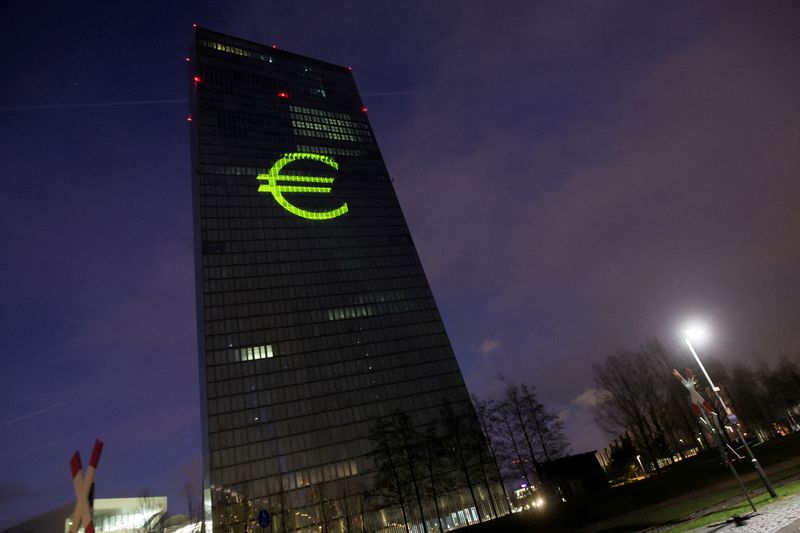Analysts at Gavekal Research said in a note on Tuesday that the trajectory appears unclear after a first round of rate cuts in Europe.
In Western Europe, the rate-cutting train is “pulling out of the station,” the company said, noting that the Swiss National Bank and Sweden’s Riksbank have already started cutting, while the European Central Bank will almost certainly start cutting. rates at the June 6 meeting.
Moreover, even warmer-than-expected inflation in April is unlikely to stop the Bank of England from joining the August 1 meeting once the election is in the rearview mirror.
But looking beyond these cuts, the path is uncertain. Analysts say that while the pronounced disinflationary trend of the past 18 months means that central banks could comfortably cut by -50 basis points to -75 basis points by the end of 2024, “their path thereafter will depend on the outlook for inflation in 2025 and how they choose to respond to these evolving prospects.”
There are three broad scenarios for Western European inflation in 2025, the company said. These are:
- A central scenario in which inflation gradually decreases and stabilizes around the central banks’ target of 2%. This is the scenario currently indicated in central bank forecasts.
- A downside scenario in which inflation falls significantly below target, threatening a return to the pre-pandemic deflationary environment.
- And an upside scenario in which inflation remains above the central bank’s 2% target.
“The downside scenario seems unlikely. This is partly because short-term cyclical dynamics point to an economic acceleration, rather than a dip into a deflationary recessionary spiral,” the company wrote.
“But it is also because the structural domestic deflationary forces that prevailed in the 2010s are no longer present,” they add. “Inflation in Europe is therefore likely to be at a higher level than in the past decade.”


